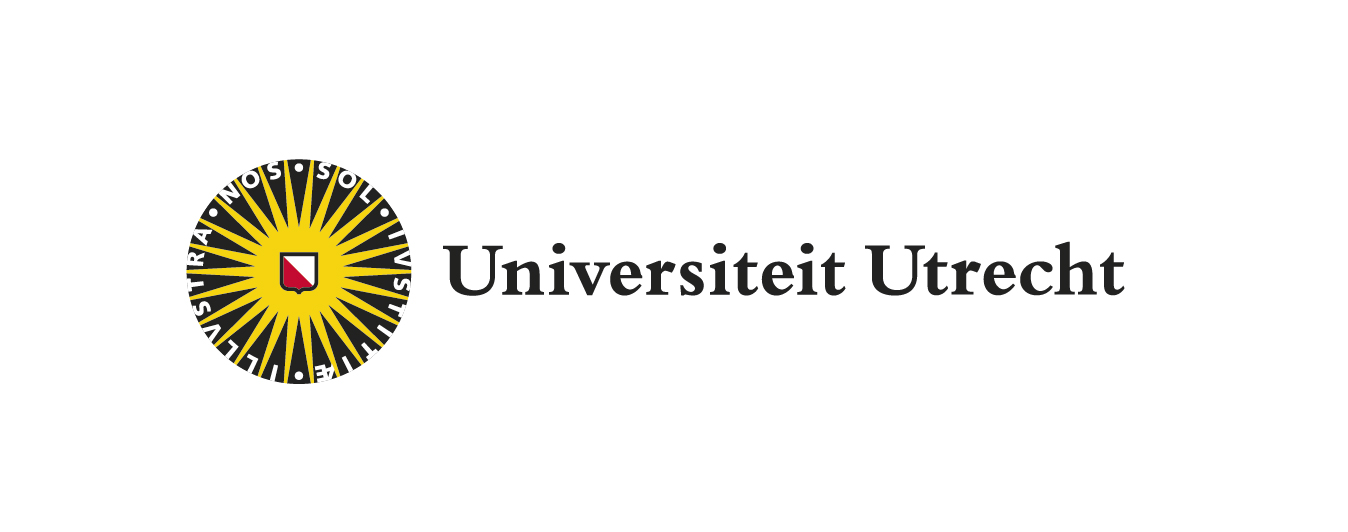
Infection Biology now part of Department of Biomolecular Health Sciences
The Faculty of Veterinary Medicine is restructuring its organization. Since January 2020, we are now officially part of the Department of Biomolecular Health Sciences. This new department consists of three divisions: Infectious Diseases and Immunology (ours), Cell Biology, Metabolism and Cancer and Pathology. We are looking forward to many exciting collaborations with our “new” colleagues

ERC Starting grant awarded to Karin Strijbis
OPEN TO THE WORLD: 51 NATIONALITIES AMONG WINNERS OF 2019 ERC STARTING GRANTS Four hundred and eight early-career researchers have been awarded European Research Council grants in this year’s first completed ERC call for proposals. The highly-coveted funding will help individual scientists and scholars to build their own teams and conduct pioneering research across all
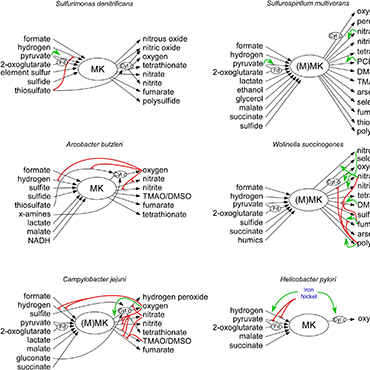
New review published by Wösten group
Regulation of Respiratory Pathways in Campylobacterota: A Review. van der Stel AX, Wösten MMSM. Front Microbiol. 2019 Jul 30;10:1719. The Campylobacterota, previously known as Epsilonproteobacteria, are a large group of Gram-negative mainly, spiral-shaped motile bacteria. Some members like the Sulfurospirillum spp. are free-living, while others such as Helicobacter spp. can only persist in strict association

Strijbis publication featured on Dutch Radio BNR
SALMONELLABACTERIE GEBRUIKT ONS EIGEN EIWIT TEGEN ONS Het was per toeval dat onderzoekster Karin Strijbis van de Universiteit Utrecht erachter kwam: een eiwit waarvan juist werd verwacht dat het een goede verdediging tégen Salmonella was, blijkt onder één hoedje te spelen met de ziekmakende bacterie. Door een ander eiwit uit te scheiden, wat zich als
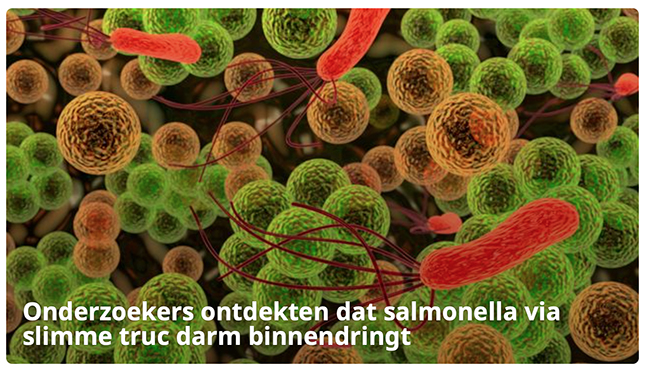
Strijbis publication featured on Nu.nl
Onderzoekers ontdekten dat salmonella via slimme truc darm binnendringt Onderzoekers van de Universiteit Utrecht hebben ontdekt hoe de salmonellabacterie misbruik maakt van een verdedigingsmechanisme van het lichaam om darmcellen binnen te dringen. Volgens de universiteit is de vondst een belangrijke stap voor het ontwikkelen van nieuwe medicijnen om salmonella-infecties te voorkomen. Meer
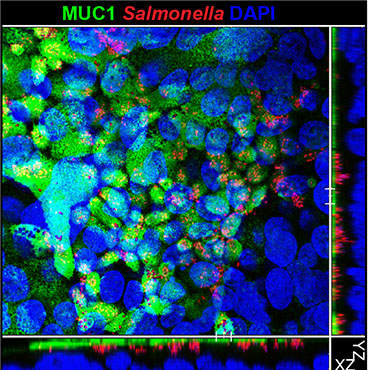
New Publication by Strijbis group
MUC1 is a receptor for the Salmonella SiiE adhesin that enables apical invasion into enterocytes. Li X, Bleumink-Pluym NMC, Luijkx YMCA, Wubbolts RW, van Putten JPM, Strijbis K. PLoS Pathog. 2019 Feb 4;15(2):e1007566. The cellular invasion machinery of the enteric pathogen Salmonella consists of a type III secretion system (T3SS) with injectable virulence factors that
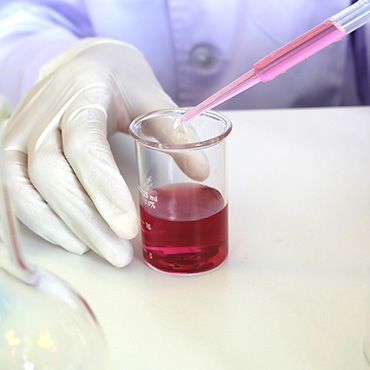
NWO-TOP grant awarded for collaboration between T.B.H. Geijtenbeek and K. Strijbis
TOP-subsidie voor elf excellente onderzoeksgroepen Elf projecten van excellente onderzoeksgroepen zijn gehonoreerd voor een TOP-subsidie. Hiermee kunnen zij onderzoekslijnen vernieuwen en nieuwe samenwerkingen aangaan. Zij krijgen maximaal € 675.000,- voor onderzoek dat minimaal 4 en maximaal 5 jaar duurt. Over TOP Het oogmerk van de TOP-subsidie is ruimte te creëren voor innovatieve wetenschap van excellente
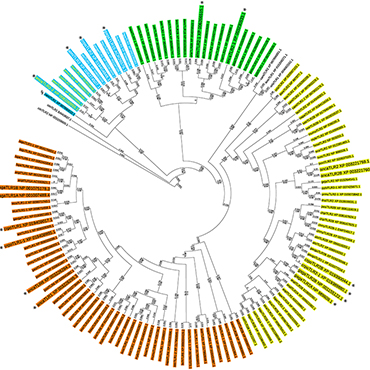
New Publication by Van Putten group
Evolutionary Regression and Species-Specific Codon Usage of TLR15. Voogdt CGP, Merchant ME, Wagenaar JA, van Putten JPM. Front Immunol. 2018 Nov 13;9:2626. Toll-like receptors (TLRs) form an ancient family of innate immune receptors that detect microbial structures and activate the host immune response. Most subfamilies of TLRs (including TLR3, TLR5, and TLR7) are highly conserved

New Publication by Wösten group
Catabolite repression in Campylobacter jejuni correlates with intracellular succinate levels. van der Stel AX, van de Lest CHA, Huynh S, Parker CT, van Putten JPM, Wösten MMSM. Environ Microbiol. 2018 Apr;20(4):1374-1388. Bacteria have evolved different mechanisms to catabolize carbon sources from nutrient mixtures. They first consume their preferred carbon source, before others are used. Regulatory
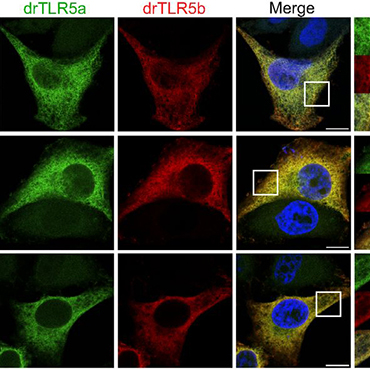
New Publication by Van Putten group
Duplicated TLR5 of zebrafish functions as a heterodimeric receptor. Voogdt CGP, Wagenaar JA, van Putten JPM. Proc Natl Acad Sci U S A. 2018 Apr 3;115(14):E3221-E3229. Toll-like receptor 5 (TLR5) of mammals, birds, and reptiles detects bacterial flagellin and signals as a homodimeric complex. Structural studies using truncated TLR5b of zebrafish confirm the homodimeric TLR5-flagellin
